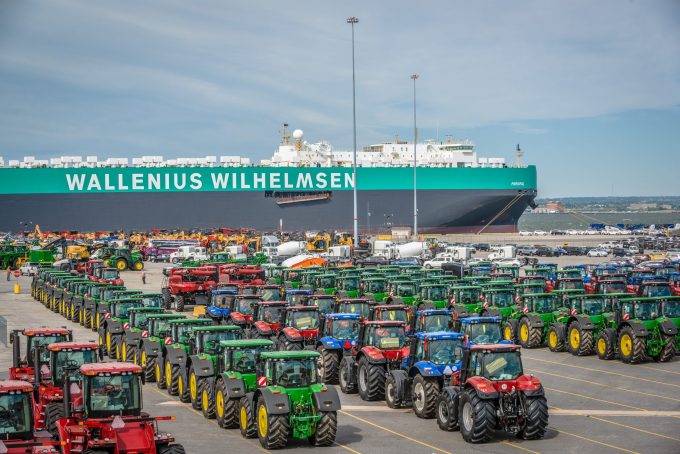CMA CGM to reflag box ship as the French carrier eyes growing Indian market
The box carrier heavyweights appear to be increasingly romancing the Indian market, with trade indicators ...

It now costs a record $110,000 a day to charter a pure car and truck carrier (PCTC) for a year – a more than six-fold surge from pre-Covid-19 levels of $17,000/day.
Clarksons’ latest Shipping Intelligence Weekly, released on Friday, noted that tonnage remained tight amid a recovery in vehicle shipments.
During the pandemic, there was under-investment in PCTC newbuildings, as movement restrictions slashed demand for new vehicles, resulting in many older PCTCs being scrapped.
Last year, 90 PCTCs of 560,000 car-equivalent units were ...
Maersk u-turn as port congestion increases across Northern Europe
Apple logistics chief Gal Dayan quits to join forwarding group
Maersk Air Cargo sees volumes fall as it aims for 'margin in favour of revenue'
Houthis tell Trump they will end attacks on Red Sea shipping
Transpac rates hold firm as capacity is diverted to Asia-Europe lanes
Airlines slash freighter capacity post-de minimis, but 'the worst is yet to come'
MSC revamps east-west network as alliance strategies on blanking vary
India-Pakistan 'tit-for-tat' cargo ban sparks sudden supply chain shocks

Comment on this article